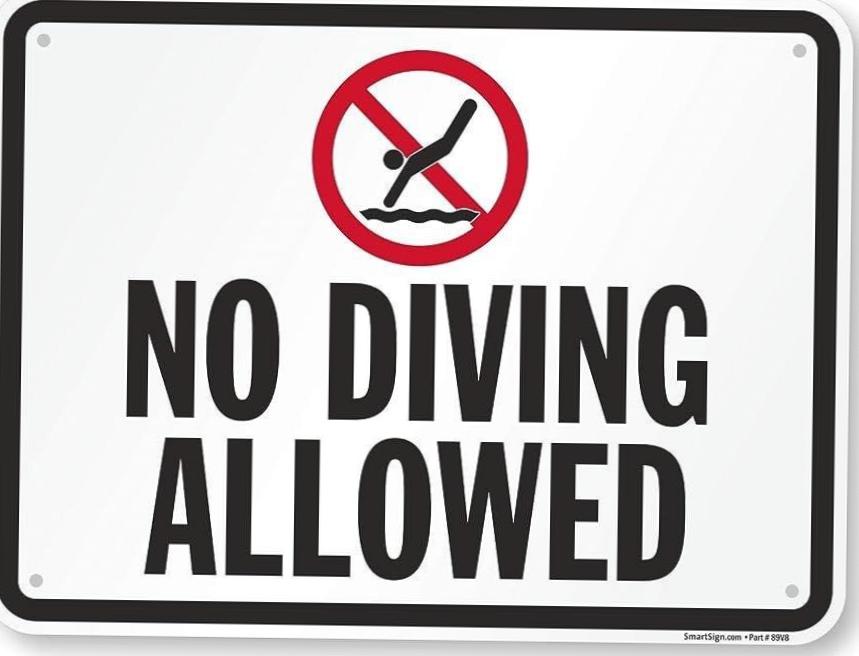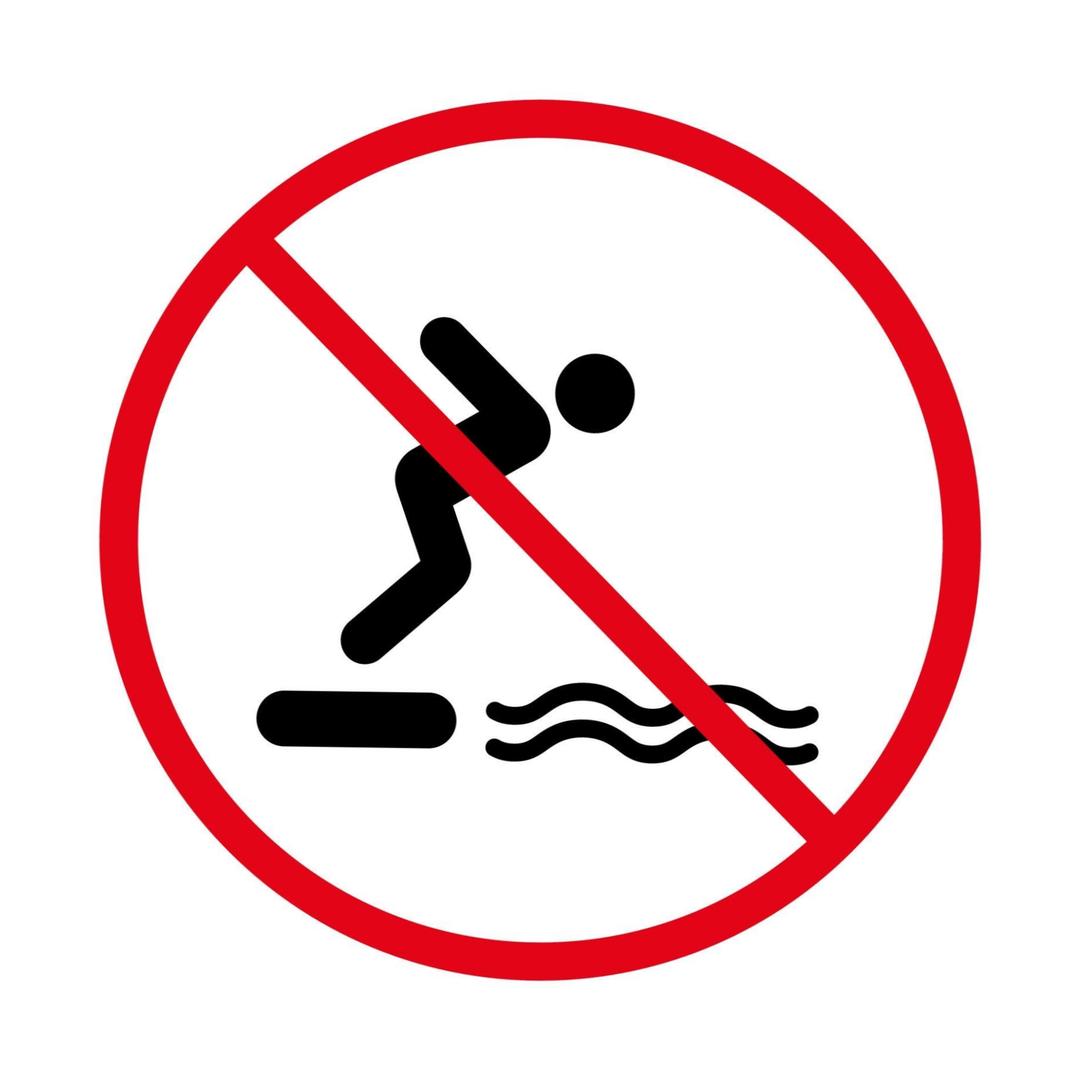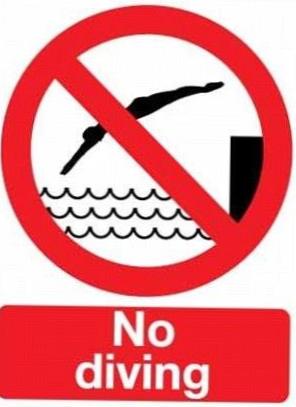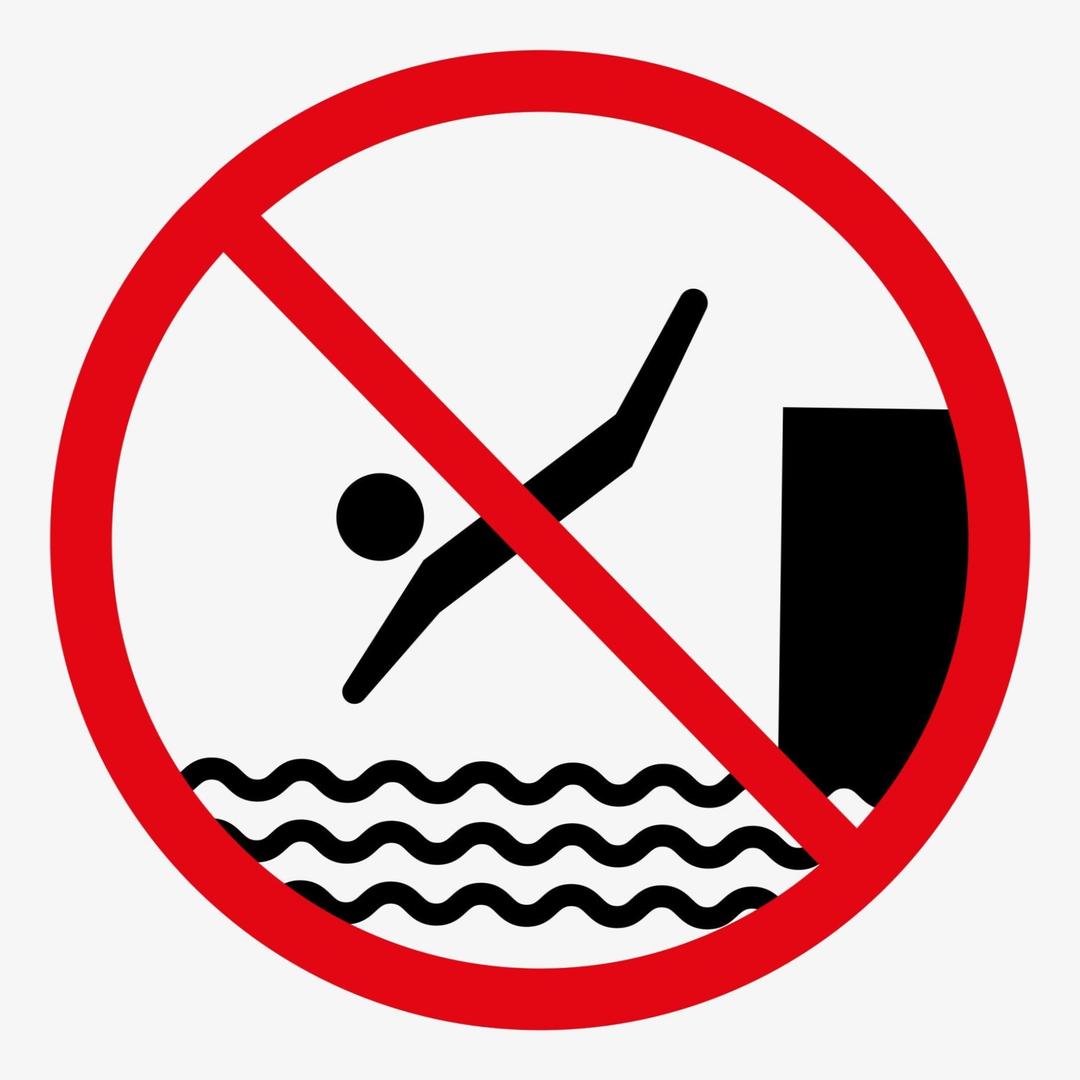Diving is not allowed – a comprehensive guide to the restrictions and regulations
Diving is Not Allowed: A Comprehensive Guide to the Restrictions and Regulations
Are you an adventurous soul yearning to explore the underwater wonders of the world? Before you take the plunge, it is crucial to familiarize yourself with the restrictions and regulations surrounding diving. In this comprehensive guide, we will walk you through everything you need to know about forbidden diving zones and the reasons behind them. From protected marine areas and endangered species habitats to fragile coral reefs and historical wreck sites, there are numerous reasons why certain areas prohibit diving. Join us as we delve into the fascinating world of diving restrictions and discover the importance of preserving these underwater ecosystems. Whether you are a seasoned diver or just starting out, this guide will equip you with the knowledge necessary for responsible and respectful exploration of our oceans.
The Environmental Impact of Unauthorized Diving: Exploring the Hidden Consequences
Diving enthusiasts are drawn to the allure of exploring the underwater world, witnessing breathtaking sights and encountering diverse marine life. However, it’s crucial to understand the environmental impact that unauthorized diving can have on our fragile ecosystems. When divers venture into restricted areas or fail to adhere to regulations, they unknowingly disturb the delicate balance of marine life and can cause irreversible harm. Seemingly harmless actions like touching coral reefs or taking souvenirs from the seabed can be detrimental to the underwater ecosystem. The weight and pressure exerted by human interaction can crush corals and disrupt the habitat of countless marine species. Furthermore, unauthorized diving can contribute to increased water pollution, as the improper disposal of waste and chemicals can harm both the marine environment and our own health. Ocean dwellers are already facing numerous challenges such as climate change and habitat loss, and unauthorized diving only exacerbates these issues. By spreading awareness about the environmental repercussions of unauthorized diving, we can work towards a sustainable future for our oceans.
Types of Diving Restrictions and their Significance
When it comes to diving, it’s essential to be aware of the various restrictions and regulations in place to ensure your safety and protect the underwater environment. These restrictions can differ from one dive site to another and understanding their significance is crucial for all divers. Let’s explore some common types of diving restrictions and why they are necessary.
One significant type of restriction is the limitation on dive depth. Many dive sites have specific maximum depths that divers must adhere to. These restrictions are in place to prevent the risks associated with deep diving, such as nitrogen narcosis and decompression sickness. By limiting the depth, dive operators and regulatory bodies aim to ensure the well-being of divers and reduce the chances of accidents.
Another type of restriction relates to marine protected areas (MPAs). These areas are designated to conserve marine biodiversity and prevent overexploitation of underwater ecosystems. Diving is restricted or completely prohibited in certain MPAs to allow marine life to thrive undisturbed. It is crucial for divers to respect these restrictions and only dive in permitted areas to preserve the delicate balance of marine habitats.
Certain dive sites impose restrictions on the number of divers allowed at a time. This limitation is in place to prevent overcrowding, which can lead to increased risks and disturbance to marine life. By controlling the number of divers, dive operators can ensure a safer and more enjoyable diving experience for everyone involved while minimizing negative impacts on the environment.
Lastly, some dive sites have specific restrictions on the use of equipment, such as flash photography or spearfishing. These restrictions are primarily aimed at reducing stress on marine life and preserving delicate ecosystems. Flash photography, for example, can blind or disturb marine creatures, while spearfishing can disrupt the balance of the underwater food chain. Adhering to these equipment restrictions is essential to maintain the integrity of dive sites and protect the underwater environment.
Understanding the types of diving restrictions and their significance is vital for all divers. By following these regulations, we can enjoy the beauty of the underwater world responsibly and contribute to its long-term conservation. So, before you embark on your next diving adventure, make sure to familiarize yourself with the restrictions in place and embrace the role of a responsible diver.
Popular Destinations with Diving Restrictions
Exploring the incredible underwater world has always been a dream for avid divers. However, as awareness grows regarding the need to protect delicate marine ecosystems, more and more destinations are implementing diving restrictions. While the aim is to preserve these underwater wonders for future generations, it can be disappointing for diving enthusiasts. Here is a detailed guide to the top five popular destinations with diving restrictions, allowing you to plan your next diving adventure with ease and respect for the environment.
1. : Known for its incredible biodiversity and stunning coral reefs, Sipadan Island has become a mecca for divers. However, in order to protect its fragile ecosystem, the Malaysian government has put a cap on the number of daily diving permits. It is imperative to book your diving slot well in advance to secure your spot in this underwater paradise.
2. : The Galapagos Islands are a true diver’s paradise, home to unique marine species found nowhere else on Earth. To preserve the pristine condition of this World Heritage Site, diving is regulated and limited to designated areas. Don’t miss the chance to witness the curious behavior of hammerhead sharks and graceful sea turtles in these protected waters.
3. : The Similan Islands offer some of the most breathtaking underwater landscapes in Southeast Asia. While the national park is a diver’s delight, access is restricted during the monsoon season (May to October) to protect the coral reefs from storm damage. Plan your visit accordingly to make the most of the calm and clear waters during the diving season.
4. : As one of the Seven Natural Wonders of the World, the Great Barrier Reef attracts divers from all corners of the globe. To ensure the reef’s long-term survival, certain areas are off-limits for diving. Additionally, dive operators must adhere to strict regulations to minimize their impact on this fragile ecosystem.
5. : Silfra offers a unique diving experience where you can float between two tectonic plates in crystal-clear glacial waters. Due to its geological significance, diving is only permitted through authorized operators. Ensure you have the necessary certifications and arrange your visit in advance to explore this otherworldly fissure.
Remember, these restrictions are in place to protect the underwater ecosystems and maintain the beauty that draws divers in the first place. By respecting these regulations, we can ensure that these stunning destinations remain pristine for generations to come. Happy diving, while keeping nature’s wonders intact!
diving is not allowed









